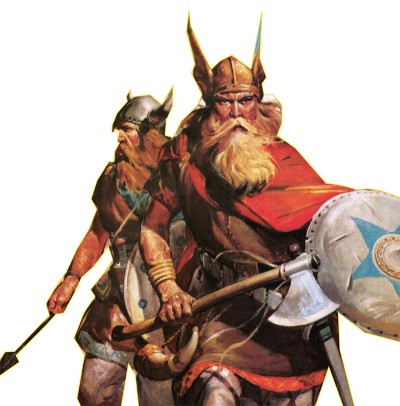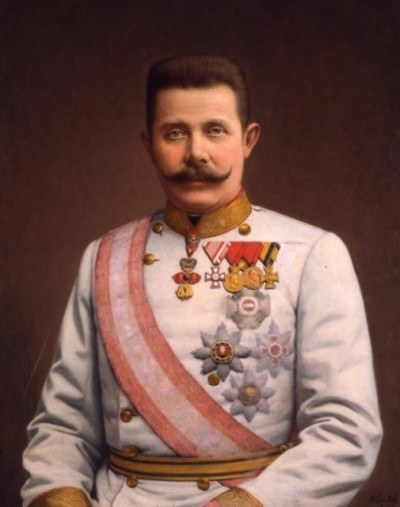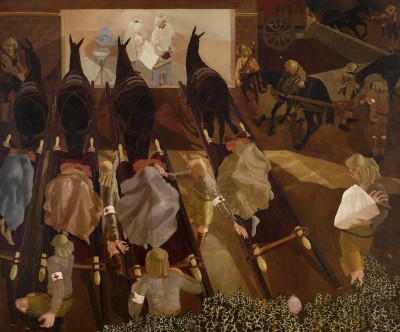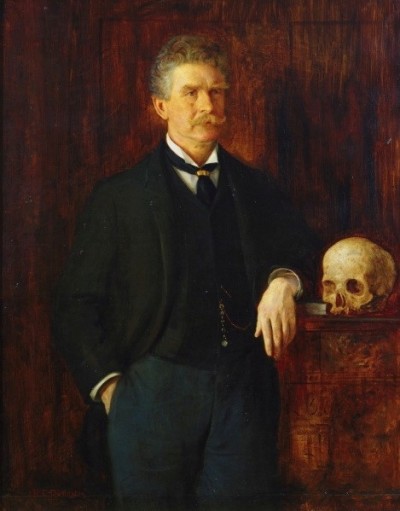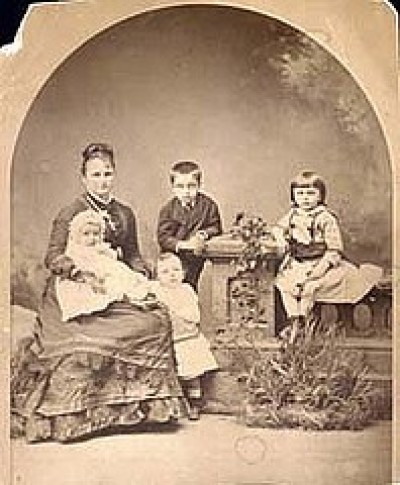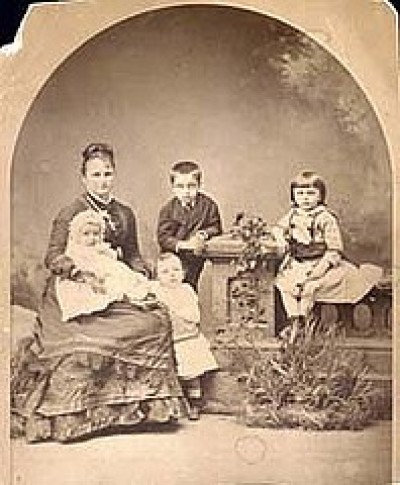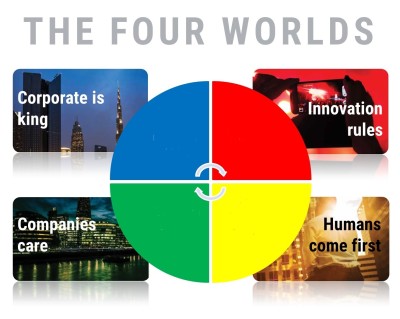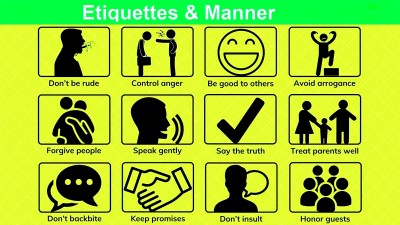Course description
The Vikings: the Norsemen who Sailed the World
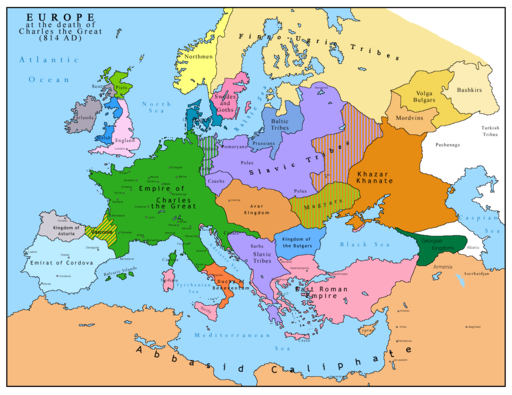 The Vikings also known as the Norsemen started their journey of conquest, discovery and adventure towards the end of the ninth century. They were from Scandinavia and lived as seafarers from about the year 790 to the close of the eleventh century, leaving their homelands in search of good fortune. They used to raid foreign villages and especially monasteries and churches in the British Isles because of their treasures.
The Vikings also known as the Norsemen started their journey of conquest, discovery and adventure towards the end of the ninth century. They were from Scandinavia and lived as seafarers from about the year 790 to the close of the eleventh century, leaving their homelands in search of good fortune. They used to raid foreign villages and especially monasteries and churches in the British Isles because of their treasures.
Essentially, Vikings were pirates but, eventually, many of them settled in England, perhaps the richest country in Europe at that time, and Frankia (an ancient name for what is now France). As luck would have it, they also discovered Iceland, Greenland and North America (although they did not put down roots there for long). Most of them had been farmers in Denmark, Sweden and Norway, but, as their land was cold and the soil poor, it was difficult to grow crops – especially since their homelands were becoming overpopulated. Although Greenland and Iceland shared similar climates with Scandinavia, they were very sparsely populated and, so, could at least offer a livelihood to those Vikings who preferred to settle than to continue raiding foreign ports and coastal towns and returning to their homelands.
Yet, there may have been other reasons why the Vikings left Scandinavia so often on so many raiding voyages. Their society had three distinct social classes: upper class Jarls, who spent their time socializing, doing accounts and trading; Karls, who were farmers living on their own land; and Thralls, who were slaves and did all the heavy work. Although there was some movement between the Jarls and Karls, so that a rich farmer might move up the social ladder, there was very little chance for Thralls to improve their situation. In fact, this was so low that when Jarls died, often all their Thralls were burnt alive at their funerals. As such, there was a continuous need for more of them and this could most easily be supplied by raiding coastal villages in other lands and carrying the inhabitants away by force.
Another reason for raiding could have been that rich and powerful men often had many wives and mistresses, meaning there were not enough women for poorer men to marry. Raids could also make up for this deficiency.
 Vikings tend even today to have a reputation as uncivilised, dirty and murderous. This would seem rather unfair. They had only a very basic alphabet (runes, in fact) which they carved into stone. The work involved meant that the messages we can decipher today are very short. Otherwise, the history of the Vikings was told by the people whose lands they attacked. Not surprisingly, therefore, it is often very negative. Archaeological findings though suggest that the rich wore fine clothes, sometimes made of silk, bought and made elaborate jewelry and even imported foreign wines. They were also very skilled sailors, as their raiding parties suggest, and used boats that had both oars and sails so they were not dependent on the winds. It is for this reason that we know (from stones with runes on them) that they first raided and later traded with countries as far away as Sicily, in the south of Italy; Russia; and what is now Canada. The Byzantine Emperor in Istanbul, in fact, used Vikings as his bodyguards. In short, Vikings were not a barbaric and primitive race.
Vikings tend even today to have a reputation as uncivilised, dirty and murderous. This would seem rather unfair. They had only a very basic alphabet (runes, in fact) which they carved into stone. The work involved meant that the messages we can decipher today are very short. Otherwise, the history of the Vikings was told by the people whose lands they attacked. Not surprisingly, therefore, it is often very negative. Archaeological findings though suggest that the rich wore fine clothes, sometimes made of silk, bought and made elaborate jewelry and even imported foreign wines. They were also very skilled sailors, as their raiding parties suggest, and used boats that had both oars and sails so they were not dependent on the winds. It is for this reason that we know (from stones with runes on them) that they first raided and later traded with countries as far away as Sicily, in the south of Italy; Russia; and what is now Canada. The Byzantine Emperor in Istanbul, in fact, used Vikings as his bodyguards. In short, Vikings were not a barbaric and primitive race.
One other point may be of interest. The role of women in Viking society was very different from most other European countries. Unmarried women could inherit from their male relatives and, if there were no available men of suitable age, could become heads of families too. The same was true of widows. They were free to have sex – if single or widowed – with anyone they wanted to, including married men. Children born to unmarried men and women were not seen as inferior and could inherit as well. Actually, single women were free to enjoy sex without getting married at all, if they did not want to. In many ways, that sounds more like the late twentieth century than life a thousand years and more ago.
Vikings were different from other Europeans in other ways as well, to the extent that they were not Christians but followed the Norse religion. They had their own gods and goddesses, whose names have given us our days of the week in English: ‘Wednesday’, for instance, originates in Wodin, god of wisdom, art, culture, war and the dead as well as the creator of humankind and the cosmos; ‘Thursday’ comes from Thor, god of thunder. Norse mythology, as you can see, was, therefore, totally different from any other in Europe and is featured along with legends about kings, heroes and traitors in the Icelandic saga, the great work of Norse mythology. (Interestingly, old Norse languages have also left their mark on modern English with words like ‘ugly’, ‘plough’, ‘window’ and many more coming from Scandinavia.)
 The Vikings started their raids in England in 793, first attacking a monastery in Northumberland. This truly shocked people not just in the north of England but all over Europe, as these new invaders did not have any respect for unguarded religious institutions. To make matters worse, most monasteries were on the seashore and, so, were especially vulnerable to attack. The Vikings continued these raids on English and Irish monasteries until 797, earning themselves a reputation as bloodthirsty murderers of men of religion and plunderers of holy relics and religious decorations.
The Vikings started their raids in England in 793, first attacking a monastery in Northumberland. This truly shocked people not just in the north of England but all over Europe, as these new invaders did not have any respect for unguarded religious institutions. To make matters worse, most monasteries were on the seashore and, so, were especially vulnerable to attack. The Vikings continued these raids on English and Irish monasteries until 797, earning themselves a reputation as bloodthirsty murderers of men of religion and plunderers of holy relics and religious decorations.
Yet, England and Ireland were not the only places in danger of attack. The Vikings took advantage of the wars waged between the many small kingdoms all over Europe and the British Isles and the distrust which prevented English and other kings from uniting to defend themselves against the Vikings. When the kings of Frankia eventually built better defence systems, such as high walls along their coasts and alarms to warn the population of hostile ships approaching, the Vikings simply switched their attention to Britain. Until such time as the French were better able to protect their lands and property though, they offered the Vikings large sums of money to leave them in peace.
 During the mid-9th century, the Vikings took control of many Scottish isles. In the year 862, Frankia began to protect their lands better, meaning the Vikings began to focus more on England. Nevertheless, neither bribery nor defences could keep the Vikings out indefinitely and the Vikings attacked and raided many Frankish lands. They brutally sacked those areas and made permanent settlements. In 911, the Frankish king offered Normandy (as it is now known after the ‘Northmen’) to one of the Viking raiders, Rollo, by treaty in a bid to stop him raiding other areas in Frankia.
During the mid-9th century, the Vikings took control of many Scottish isles. In the year 862, Frankia began to protect their lands better, meaning the Vikings began to focus more on England. Nevertheless, neither bribery nor defences could keep the Vikings out indefinitely and the Vikings attacked and raided many Frankish lands. They brutally sacked those areas and made permanent settlements. In 911, the Frankish king offered Normandy (as it is now known after the ‘Northmen’) to one of the Viking raiders, Rollo, by treaty in a bid to stop him raiding other areas in Frankia.
Across the sea, by 851, the Vikings had overthrown nearly all the kings of different areas of England and taken control of their lands. The only exception was Wessex in the southwest of England, ruled over by King Alfred the Great, a legendary figure in English history. After suffering several defeats, in 871, Alfred’s clever strategy and well-trained army were able to score a decisive victory over the Vikings, who then settled in the north, and established their own legal and trade systems, called Danelaw, in an uneasy armistice with Wessex in the south.
 At the beginning of the tenth century, new English armies led by the descendants of deposed kings began to attack Viking settlements to regain their power over those lands. They were often successful and, in 952, the last Viking king, Erik Bloodaxe, was defeated in battle, banished from England and, soon afterwards, murdered. Yet, Viking influence was not really at an end. Several English kings in the tenth and eleventh centuries had Viking ancestors.
At the beginning of the tenth century, new English armies led by the descendants of deposed kings began to attack Viking settlements to regain their power over those lands. They were often successful and, in 952, the last Viking king, Erik Bloodaxe, was defeated in battle, banished from England and, soon afterwards, murdered. Yet, Viking influence was not really at an end. Several English kings in the tenth and eleventh centuries had Viking ancestors.
Yet, in the eleventh century, the Vikings were converting to Christianity and this fundamentally changed their relationships with other peoples. In 1066, William the Conqueror, a Norman, invaded England and killed the last English king at the Battle of Hastings in the south of England. He ruled the whole country for twenty-one years and was succeeded by his brother and then his nephew. A dynasty – this time, French-speaking – was born to rule over England as we know it today. Of course, King William was a Viking!
If you want to watch some videos on this topic, you can click on the links to YouTube videos below.
If you want to answer questions on this article to test how much you understand, you can click on the green box: Finished Reading?
Videos :
1. A Brief History of the Viking Age (10:57)
2. The Viking Age (9:59)
3. The Vikings - In a Nutshell (2:07)
4. Vikings: Secrets of The Vikings: the Viking Longship (6:48)
5. Why the Vikings Disappeared (6:20)
6. The Secret Messages of Viking Runestones (4:34)
7. What Happened To the Vikings? (6:03)
8. ‘The Vikings Raid And Burn Lindisfarne Monastery’ From History Network’s TV Series ‘Viking’ (4:57)

 The Vikings also known as the Norsemen started their journey of
The Vikings also known as the Norsemen started their journey of  Vikings tend even today to have a reputation as uncivilised, dirty and murderous. This would seem rather unfair. They had only a very basic alphabet (runes, in fact) which they
Vikings tend even today to have a reputation as uncivilised, dirty and murderous. This would seem rather unfair. They had only a very basic alphabet (runes, in fact) which they  The Vikings started their
The Vikings started their During the mid-9th century, the Vikings took control of many Scottish isles. In the year 862, Frankia began to protect their lands better, meaning the Vikings began to focus more on England.
During the mid-9th century, the Vikings took control of many Scottish isles. In the year 862, Frankia began to protect their lands better, meaning the Vikings began to focus more on England.  At the beginning of the tenth century, new English armies led by the
At the beginning of the tenth century, new English armies led by the